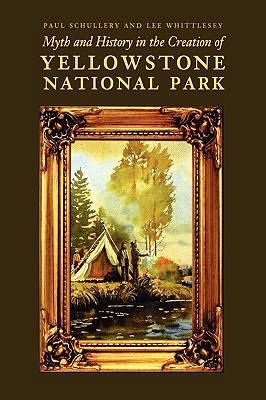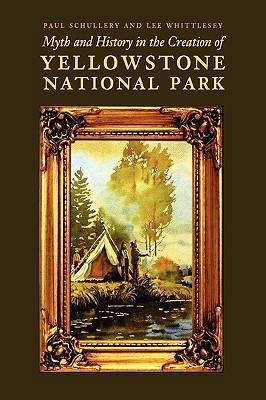
- Afhalen na 1 uur in een winkel met voorraad
- Gratis thuislevering in België vanaf € 30
- Ruim aanbod met 7 miljoen producten
- Afhalen na 1 uur in een winkel met voorraad
- Gratis thuislevering in België vanaf € 30
- Ruim aanbod met 7 miljoen producten
Zoeken
Myth and History in the Creation of Yellowstone National Park
Paul Schullery, Lee Whittlesey
Hardcover | Engels
€ 33,95
+ 67 punten
Uitvoering
Omschrijving
Yellowstone National Park, a global icon of conservation and natural beauty, was born at the most improbable of times: the American Gilded Age, when altruism seemed extinct and society's vision seemed focused solely on greed and growth. Perhaps that is why the park's "creation myth" recounted how a few saintlike pioneer conservationists labored to set aside this unique wilderness against all odds, when in fact, the establishment of Yellowstone was the result of complex social, scientific, economic, and aesthetic forces. Paul Schullery and Lee Whittlesey, both longtime students of Yellowstone's complex history, present the first full account of how the fairy-tale origins of the park found universal public acceptance, and of the long process by which the myth was reconsidered and replaced with a more realistic and ultimately more satisfying story.
Specificaties
Betrokkenen
- Auteur(s):
- Uitgeverij:
Inhoud
- Aantal bladzijden:
- 125
- Taal:
- Engels
Eigenschappen
- Productcode (EAN):
- 9780803243057
- Verschijningsdatum:
- 1/09/2003
- Uitvoering:
- Hardcover
- Formaat:
- Genaaid
- Afmetingen:
- 161 mm x 235 mm
- Gewicht:
- 367 g

Alleen bij Standaard Boekhandel
+ 67 punten op je klantenkaart van Standaard Boekhandel
Beoordelingen
We publiceren alleen reviews die voldoen aan de voorwaarden voor reviews. Bekijk onze voorwaarden voor reviews.











